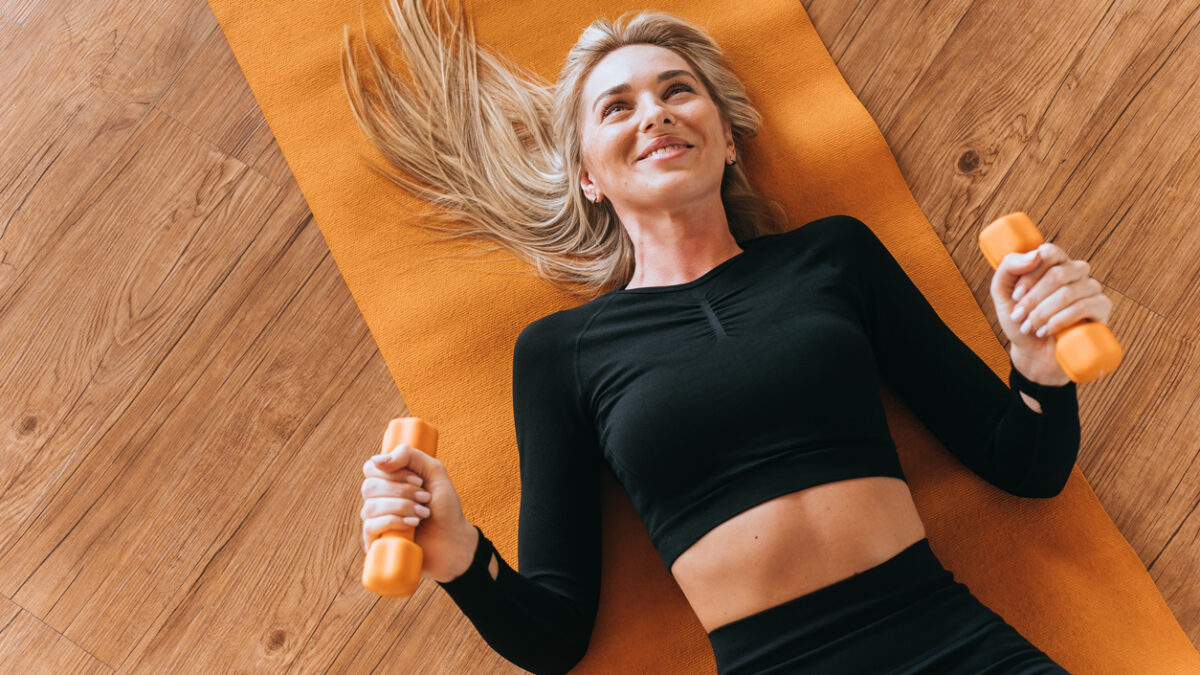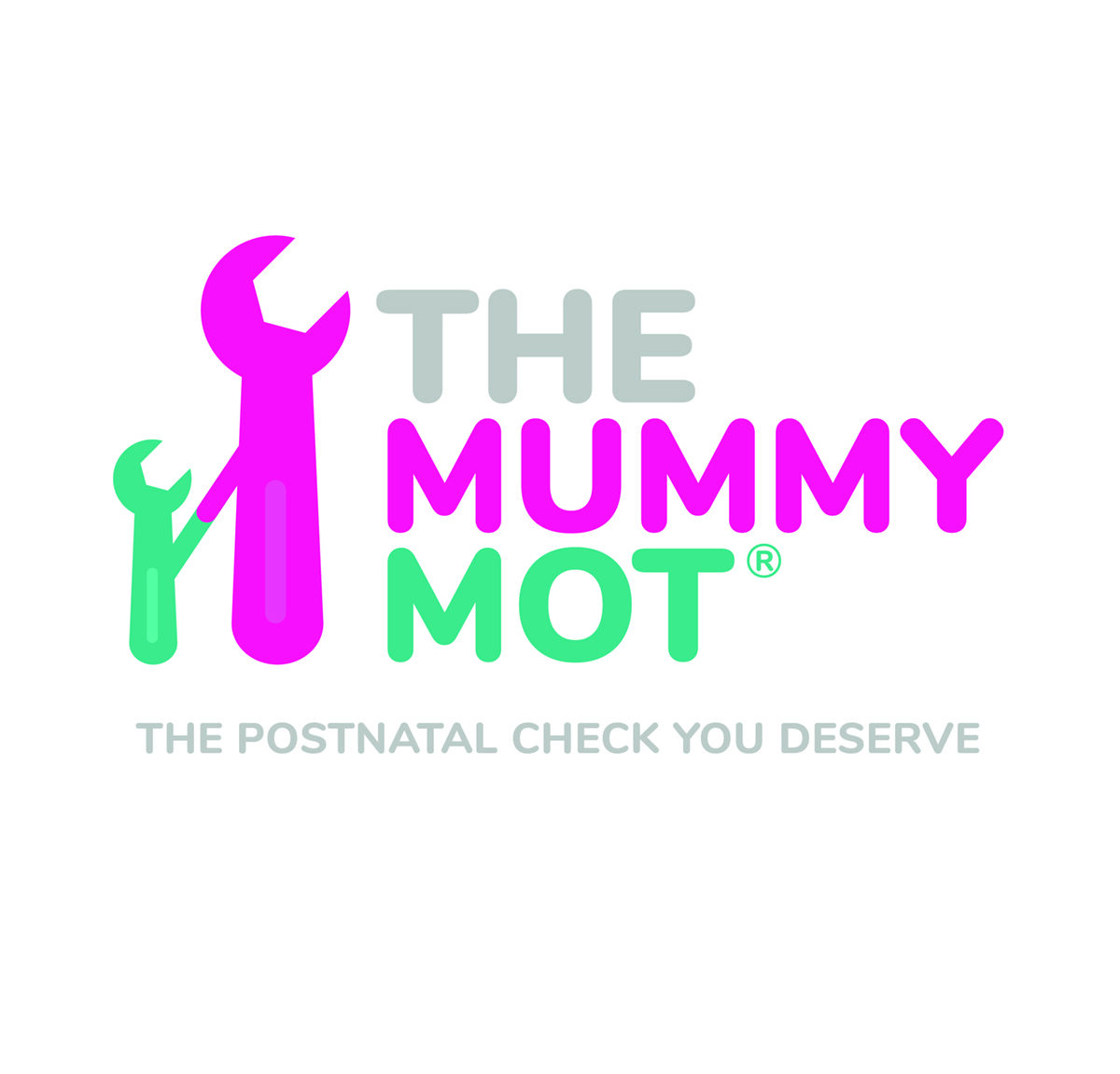As many as 100% of women will have a separation of tummy muscles – diastasis rectus abdominis – by the end of the full pregnancy, according to research (Mota, 2015). After delivery the gap tends to decrease with time, but not for everyone and not always as much as we desire. Studies show that many women are concerned about the appearance of their tummy after childbirth, especially if that was their first pregnancy (Gluppe, 2022). The body just does not feel quite as it used to be, which could be stressful and frustrating for many new mothers. Naturally we would seek advice on social media and end up being confused by loads of contractionary information. Celebrities do not make this task easier, showing their perfect tummies a few days after delivery only to set unrealistic expectations of the female body. How do we get in shape after childbirth and what can we do to feel strong and comfortable in the new body?
Do tummy exercises help?
It is a common assumption that some exercises could make your split tummy muscles come back together while others could increase the separation. While this sounds logical, it might not be the case. According to the new studies, we cannot really recommend specific exercises to close your tummy gap. However, it is all about how you do your exercises and whether they suit your level of fitness after childbirth or not.
How soon after delivery can I start exercising?
The answer is quite soon, if you do it under supervision. Early postnatal exercises include breathwork, gentle activation of your tummy, pelvic floor muscle training and core control. After you’ve been taught by your physiotherapist how to load your muscles correctly, you can proceed with more strenuous exercises and gradually come back to your favourite physical activity, for instance running or strength training.
How can you know if you do your abdominal exercises correctly?
If you notice your tummy doming, bulging, or on the contrary, the gap gets wider or deeper when you do your crunches, lift weights or simply come up from the bed – this is a good reason to see a women’s health physiotherapist. Loading the connective tissues of your tummy muscles correctly is the main skill to learn!
So are crunches and other tummy exercises useful? Yes, they are! Even though exercises do not give any guarantee that your split abdominal muscles come together, they definitely help to improve your tummy strength and appearance, when done correctly (Gluppe, 2023). Guided by a women’s health physiotherapist, in combination with good nutrition, sleep and rest, they will do the job brilliantly!
Where to start with your tummy recovery?
Exercises to begin with soon after delivery. Lie on your back, bend your knees and put your feet flat on the mat. Keeping your hands on your tummy, start by noticing your breath.
Breathing: Then take 10 deep breaths: Inhale blowing up your tummy and sending the air into your pelvic floor. Exhale and let everything sink.
Pelvic floor and tummy activation: Inhale to prepare. Exhale tightening around your back passage and vaginal opening, hugging your tummy just below your navel. Inhale and let go. Repeat 10 times.
A gentle curl-up: With your next exhalation tighten your pelvic floor, imagine your ribs tucking into your pelvis and lift your shoulder blades up off the mat. Support your head and neck with your hands if you need to but don’t use your arms to pull your head up – remember it’s your tummy muscles doing the work! Your tummy should both tighten and flatten at the same time – it shouldn’t dome or bulge.
After mastering the previous exercises, you can proceed with the following:
Lying on your back:
Oblique curl-up: Lie on your back with your knees bent and feet flat on the floor. Place your hands behind your head for support, keeping your elbows wide. Inhale to prepare. Slowly exhale through your mouth and gently lift your head and shoulders, reaching with your arm to the opposite knee. Use your core muscles to lift, not your arms. Inhale as you return to the starting position. Repeat on the other side. Engage your pelvic floor and flatten your tummy with every curl-up.
Single leg raise and leg raise to tabletop: Lie on your back with your knees bent and feet flat on the floor. Find a neutral spine position and maintain it throughout the exercise. Exhale and lift one leg off the mat, keeping the knee bent at a 90-degree angle. Inhale and lower your leg down. Repeat with the other leg.
If this exercise is too easy, progress by lifting both legs, one by one, on your next exhalation. Inhale and lower them, one leg at a time. Repeat starting with the other leg. Ensure your lower back does not arch.
Lying on your side:
Side leg raise: Lie on your side with your head resting on your bottom arm and your legs straight in line with your body. Place your top arm in front of you for support. Exhale, flatten your tummy, and lift both legs up. Inhale, lower them down, and rest. Avoid rolling onto your back; stay in a side-lying position.
Modified side plank: Lie on your side, bend your knees, and raise yourself on your elbow. Press your elbow into the mat and stabilise your shoulder blade. Exhale, lift your hips up and slightly forward to form a straight line from your knees through your hips to your head. Inhale and lower your hips down.
Four-point kneeling position:
Knee lift in four-point kneeling: Place your hands under your shoulders and knees under your hips. Exhale, pull your navel in, and lift both knees a few centimetres above the floor, keeping your spine in a neutral position. Inhale, put your knees down, and relax.
Opposite leg and hand lift in four-point kneeling: Place your hands under your shoulders and knees under your hips. Exhale, lift one leg (knee and foot) and the opposite hand just a few centimetres off the mat. Stabilise your hips and keep your torso still. Inhale and put your leg and hand down. Repeat on the other side.
Sitting position:
Before you start the next group of exercises, ensure you have appropriate strength and activation of your pelvic floor. Allow at least 6 weeks (about 1 and a half months) after childbirth.
Half roll back: Sit up tall on the mat with your feet in front of you and a comfortable angle in your hips. Place your hands on your thighs for support. Inhale and stretch up with the top of your head, elongating your spine. As you exhale, engage your pelvic floor, tuck your tailbone under, and imagine pulling your hip bones together to activate your tummy, then roll slightly back. Stop before you feel you lose control over your abdominal muscles. Inhale, roll up to the starting position, and stretch the top of your head towards the ceiling.
Oblique half roll back: Sit up tall on the mat, as in the previous exercise. As you exhale and start rolling back, take one arm out to the side while rotating your torso towards it. Ensure you can control your tummy and avoid any doming or bulging. Inhale, straighten your back and place your hand back on your thigh.



